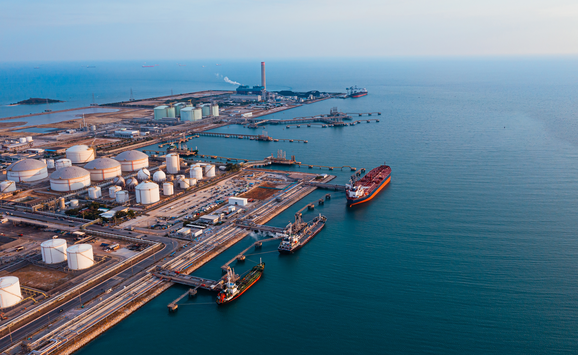Benefits of Protecting Mangroves
A new report published by The Nature Conservancy and Wetlands International explains how protecting coastal ecosystems, such as mangroves, can provide “coastal defense services,” reducing the risk of storm and flooding damages. However, the report cautions that development along coasts poses a significant threat to mangrove habitats and the protection they provide.
In an interview and podcast for the new digital issue of Resources magazine, RFF’s Juha Siikamäki notes that although “coastal development can create very high returns,” preserving mangroves can have economic benefits: they not only protect against storms, but they also store substantial amounts of carbon in their biomass. He notes that because mangroves are forests, preserving these “blue carbon” ecosystems may “be a natural fit under the REDD umbrella”—that is, under programs to reduce emissions from deforestation and forest degradation (REDD).
A Model for Coastal Development
Business is booming for contractors in Connecticut who specialize in raising houses off the ground and onto posts, pilings, or piers. Since the state’s coasts were hit by severe storms in both 2011 and 2012, many homes are being forced to adapt, facing a bill that can reach up to $100,000 per home.
RFF’s Carolyn Kousky argues for finding a “middle way” between abandoning coastal areas and building costly structures. She writes that Pelican Bay, Florida, is “a potential model of such ‘climate ready development.’” With mangroves providing storm buffers between high-rise condos and the beach and solar and electric trams running along the protected boardwalk, the value of this development is “enhanced by combining beach access with access to natural areas.”
For more research by RFF fellows on the benefits of green infrastructure and protecting blue carbon ecosystems, visit RFF’s Center for the Management of Ecological Wealth on the web: www.rff.org/cmew.




